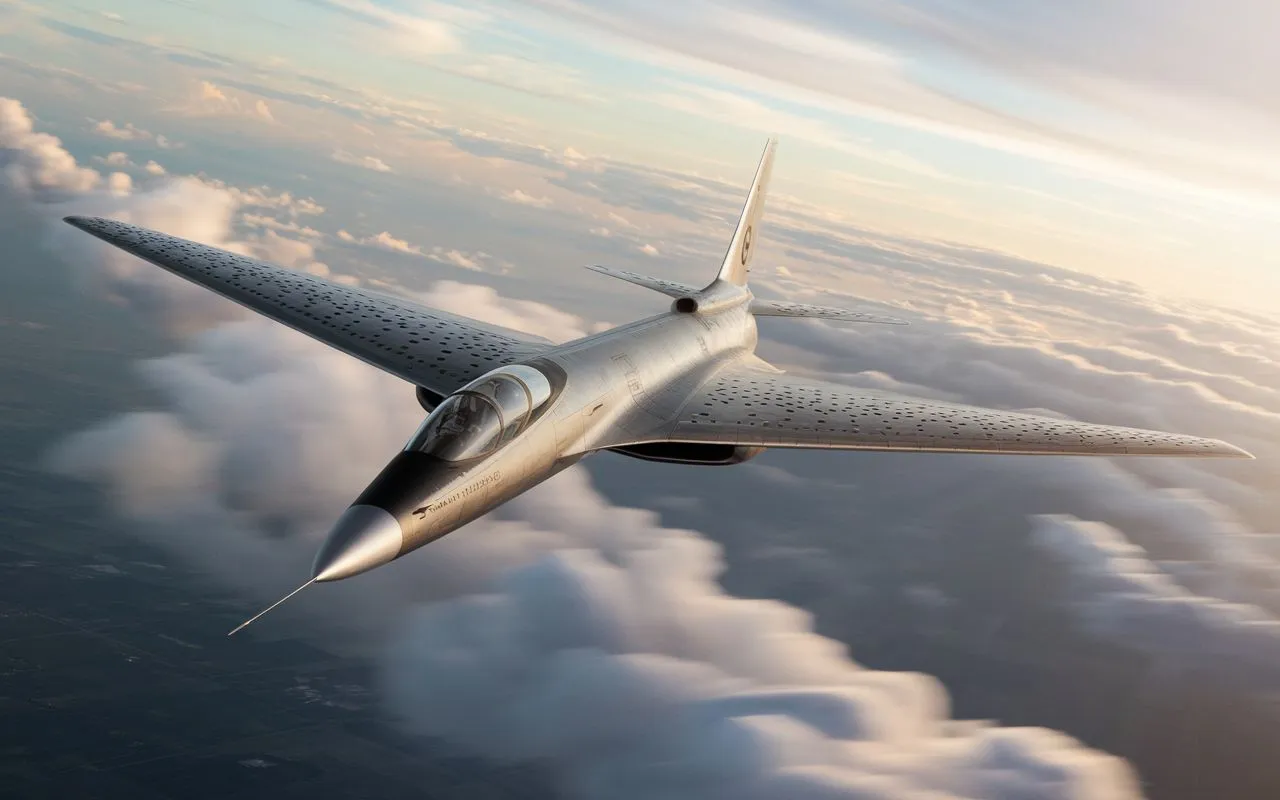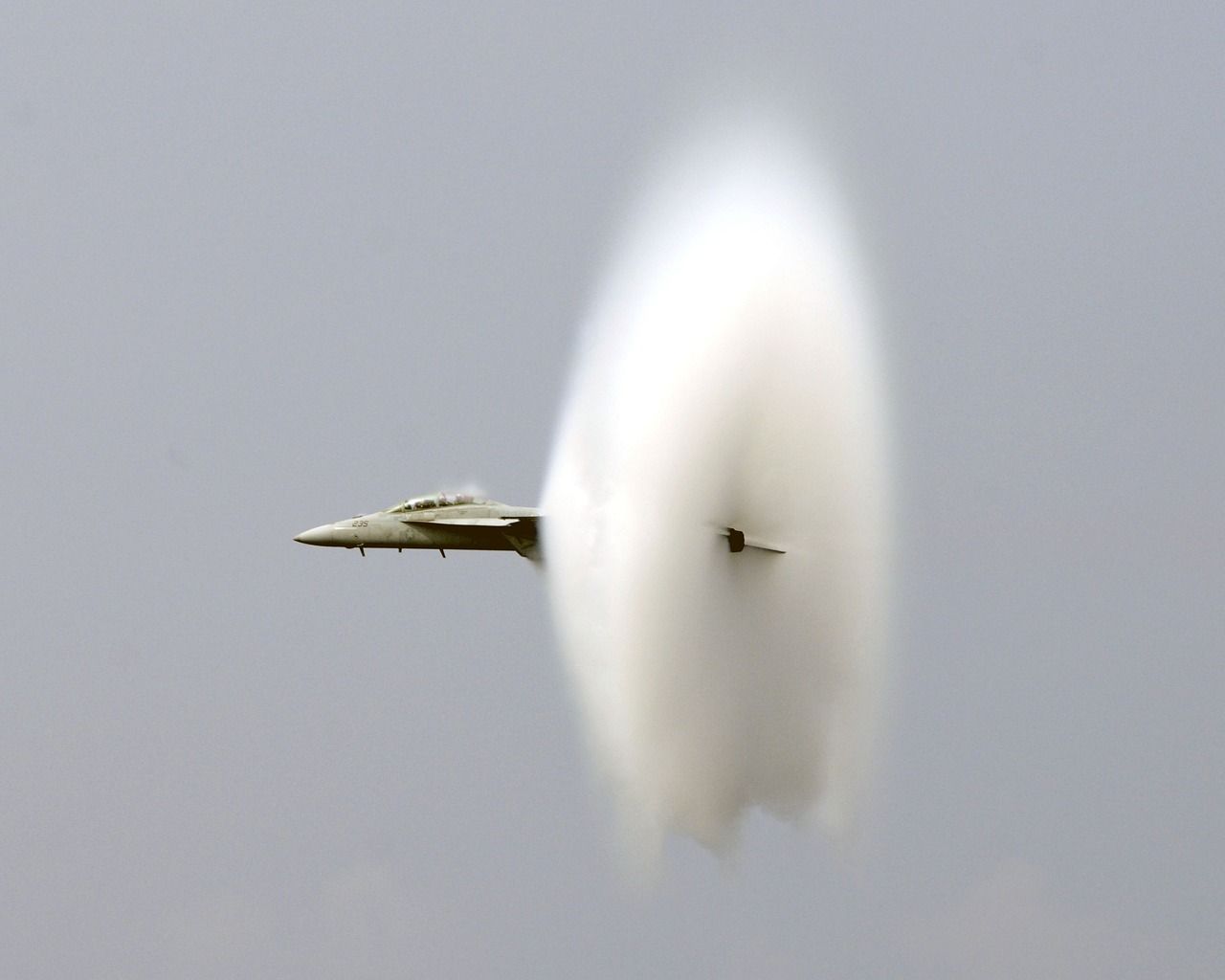Follow us on Google News (click on ☆)
Holes in the wings. This is the bold idea proposed by researchers to solve one of the biggest obstacles to very high-speed aviation.

The sonic boom, a loud noise caused by an aircraft exceeding the speed of sound, has long limited the growth of supersonic flights. Researchers at Northwestern Polytechnical University in Xi'an have closely studied this phenomenon.
Their strategy is based on an ingenious concept: puncturing holes in the aircraft's wings. These openings are revealed only when the aircraft is about to exceed Mach 1, the famed speed of sound.
Through wind tunnel tests, the scientists have shown that these holes disrupt shock waves, thereby reducing the harmful vibrations that accompany the crossing of the sound barrier. This setup also increases the aerodynamic efficiency of the aircraft by nearly 10%.
Air pumps integrated into the wings adjust the airflow to reduce turbulence. Although the lift of the aircraft is slightly affected, the reduction in drag maintains a good lift-to-drag ratio.
Other countries are also seeking to solve this problem. NASA, for instance, plans to test its own prototype supersonic aircraft, the X-59, this year, designed to fly without generating a sonic boom.
The innovations of Chinese researchers and those of NASA reignite the hope of seeing supersonic aircraft making regular commercial flights in the future. The race is on to master this technology. Time will tell if these new developments will succeed where others have failed. The return of supersonic planes might then become a reality sooner than expected.
What is a sonic boom?
A sonic boom is an explosive noise that occurs when an object surpasses the speed of sound, approximately 767 mph (1235 km/h) in air. This phenomenon results from the accumulation of pressure waves generated by the object, creating a shock wave that propagates through the atmosphere.

Illustration image Pixabay
When the aircraft breaks the sound barrier, the air in front of it is compressed into a shock wave. This wave causes a sound explosion perceived on the ground as a "bang." The faster and closer the aircraft is to the ground, the more intense this noise is and it can cause damage to surrounding infrastructures.